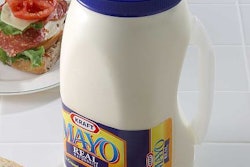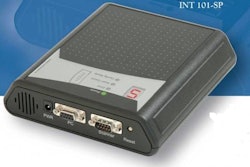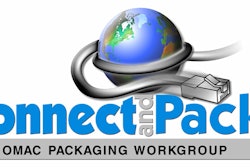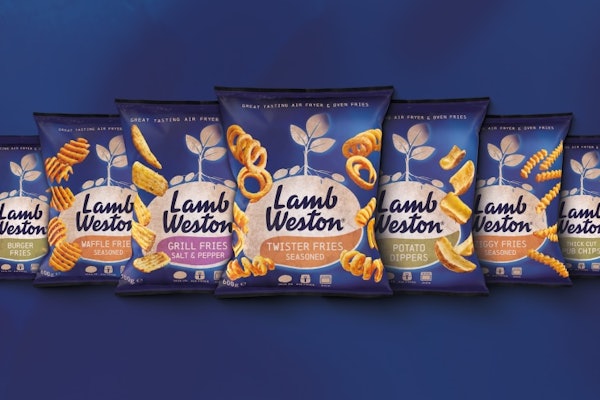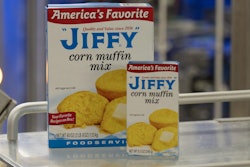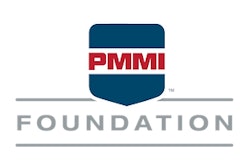Biota also means flora and fauna, which further underscores the bottles’ planet-friendly nature.
What’s the product shelf life?
Chief executive officer David Zutler notes that the bottles are coded with a “created on” date akin to Budweiser’s “born on” date for its beer. “Consumers may misconstrue that the product inside isn’t as good after a certain or coded period of time,” he says. “The ‘created date’ does not reflect the quality, but is more of a management tool.”
What about the water vapor transmission rate?
Zutler acknowledges that the water vapor transmission rate is higher for PLA than for PET, “but that just means water could evaporate faster through PLA,” he says. “It doesn’t relate to the quality of the water.”
Biota’s bottles are substantially heavier than a PET bottle, but that was done by choice, not necessity. “We could have used a 16-gram weight for the 1-L bottle, but we want people to feel the premium quality in their hands,” Zutler says. The bottles have sidewalls that are about 25% thicker than normal.
What about the economics versus PET?
“When we first started development with PLA, it was substantially pricier than PET, but that’s no longer the case,” says Zutler. “It’s pretty darn close now, and I understand that PET price increases are expected next year.”
See the story that goes with this sidebar: BIOTA’s high-water mark in sustainable packaging



